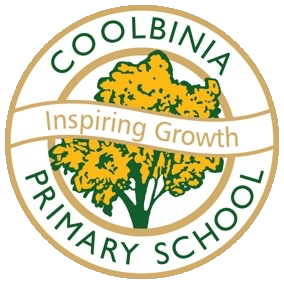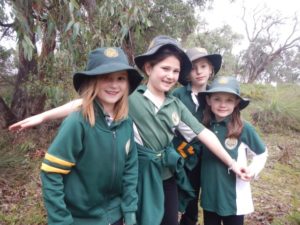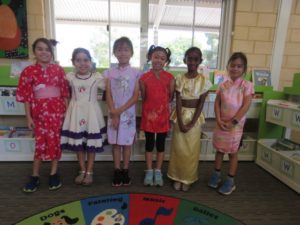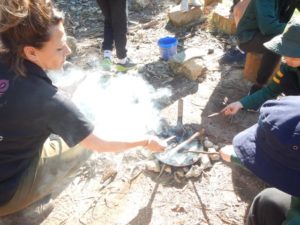The Social Handprint refers to all the ways our school is working to increase wellbeing, social and cultural sustainability. Last week the ecological footprint aspects of Sustainability at our school were reviewed, this week we are focussing on the other key feature of being a member of Sustainable Schools WA.
The school is committed to enhancing the wellbeing of our students and staff through a range of initiatives, including the Positive Behaviour Support (PBS) program (involves tokens), Friendology (involves Frambassadors), School Volunteers program and our Chaplain service. School clubs, as well as links to the wider community, all contribute to a positive school environment and community.
Economics & Built Environment
Fundraising to support the school and other community issues are part of our caring for the local and wider environment. For example, last year the Year 6 Sustainability Leaders organised a bushfire fundraiser and Roots & Shoots students created a poster for the United Nations International Peace Day.
Community Partnerships
Our school builds community partnerships to enrich student learning. For example, we have partnerships with STEM Professionals in Schools, Coolbinia Bushland Friends group, the One World Centre and the South East Regional Centre for Urban Landcare (SERCUL). Such partnerships provide students with exciting opportunities to engage with real-life issues, challenges and actions.
Cultural & Social Diversity
Intercultural understanding is important at Coolbinia Primary School. We seek to build this value especially through our Humanities and Health lessons, as well as including the Asia and Australia’s Engagement with Asia Cross Curriculum Priority in our learning programs. As part of this we participate in Harmony Week each year, which typically features multi-cultural dress-up day and a cultural incursion.
Aboriginal and TSI Histories and Cultures
Our school aims to build reconciliation, respect and understanding of Aboriginal and Torres Strait Islander peoples through various lessons across the curriculum. For instance, we invite Aboriginal educators and artists to work with our students to enhance the learning experience in the Biological Sciences.




